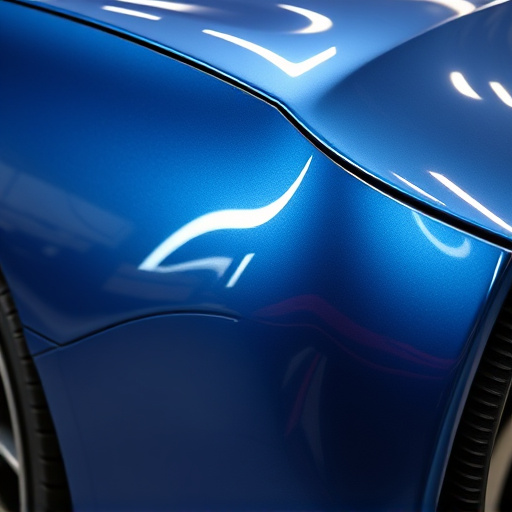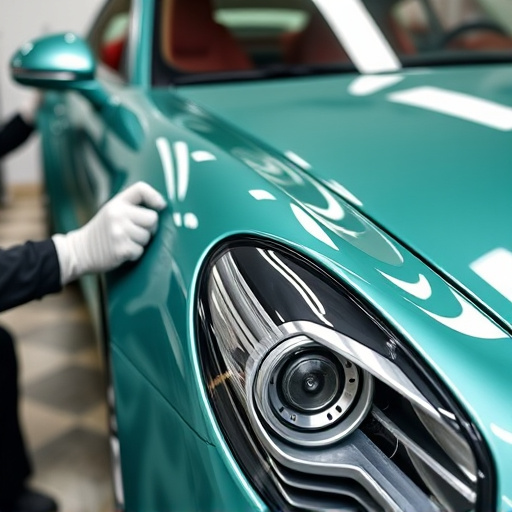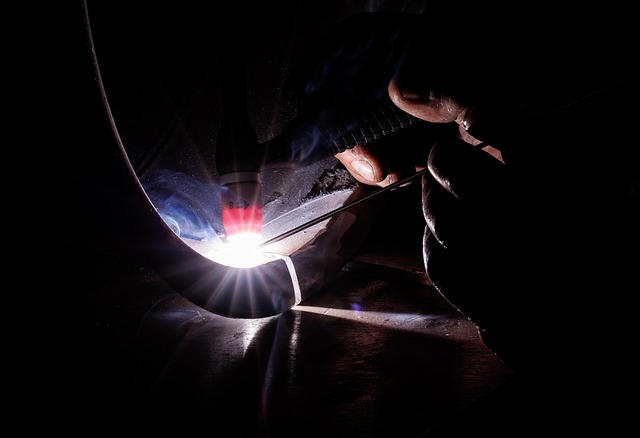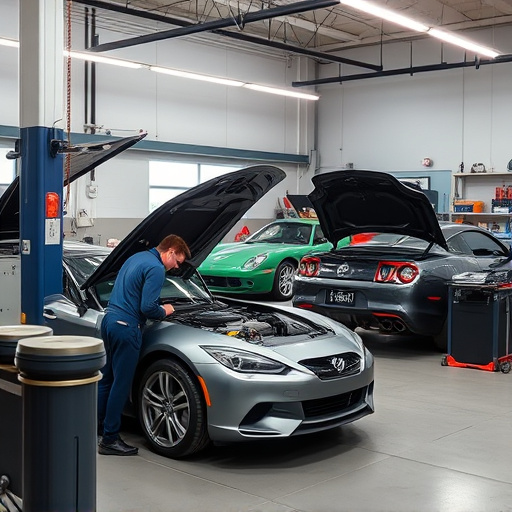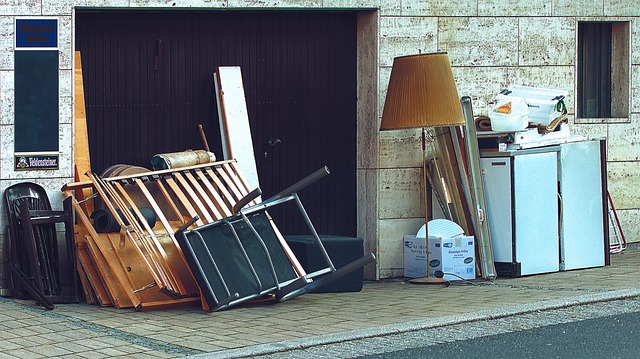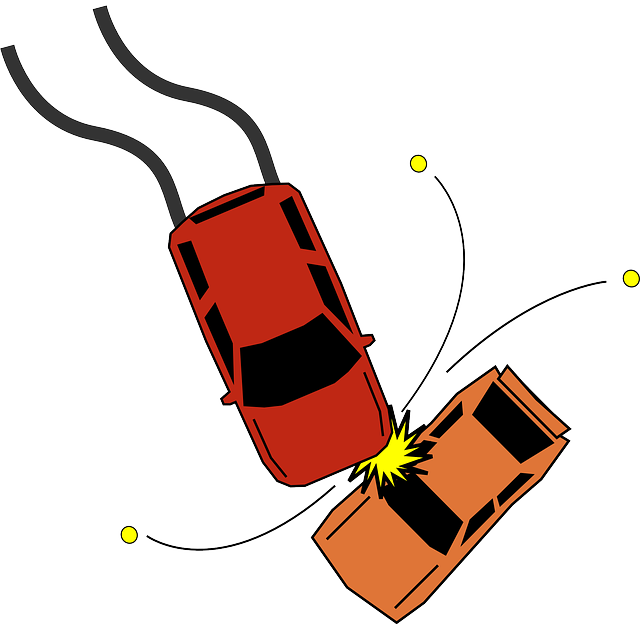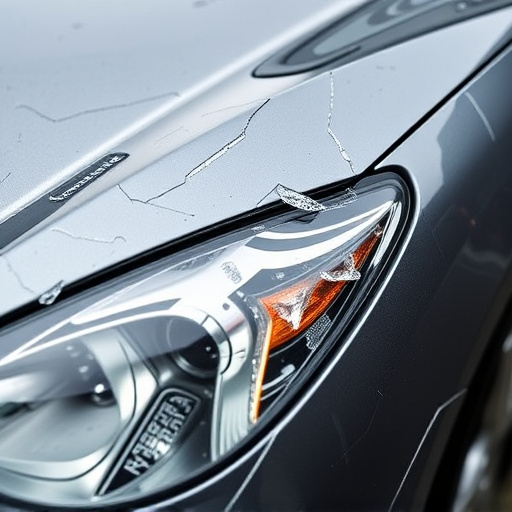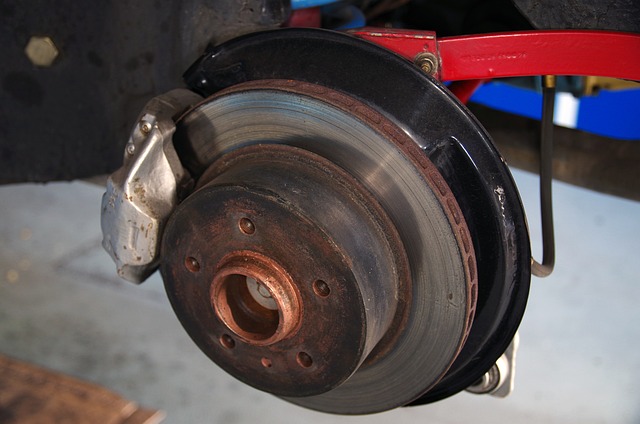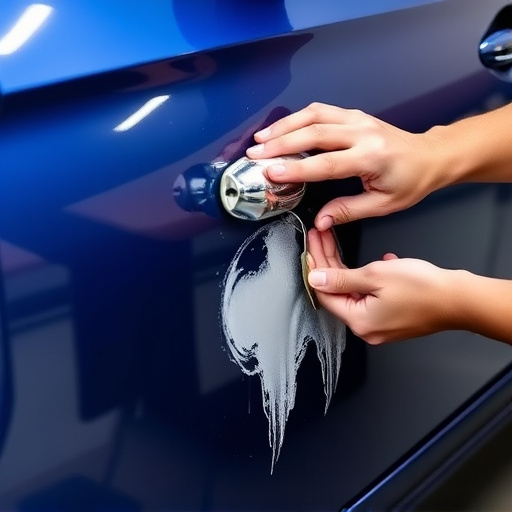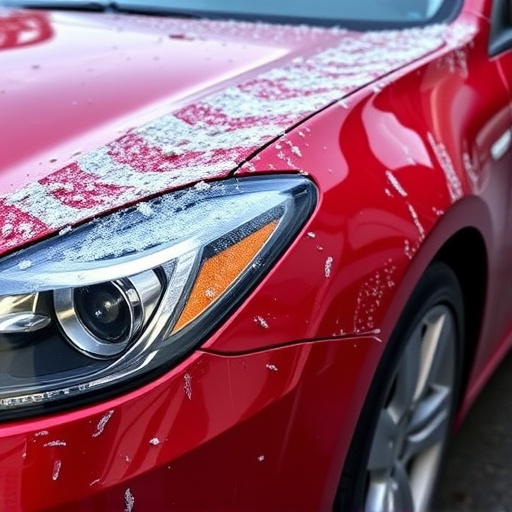Tesla's Safety Cell Architecture is a key innovation for vehicle safety, absorbing and distributing collision energy. Restoring this complex structure requires specialized body shops and skilled technicians to maintain its integrity and function with updated standards. Advanced materials play a crucial role in enhancing structural strength and performance after accidents or thermal events, ensuring Tesla vehicles meet strict safety criteria.
“Uncover the intricacies of Tesla’s safety cell architecture—a cornerstone of modern electric vehicle design. This article delves into critical restoration and reinforcement strategies post-thermal events, ensuring optimal passenger protection. We explore innovative materials enhancing structural integrity, addressing a paramount concern in EV manufacturing. By understanding these advancements, we highlight Tesla’s commitment to pushing boundaries in automotive safety cell restoration.”
- Understanding Tesla Safety Cell Architecture
- Restoring Structural Integrity After Thermal Events
- Advanced Materials in Safety Cell Reinforcement
Understanding Tesla Safety Cell Architecture
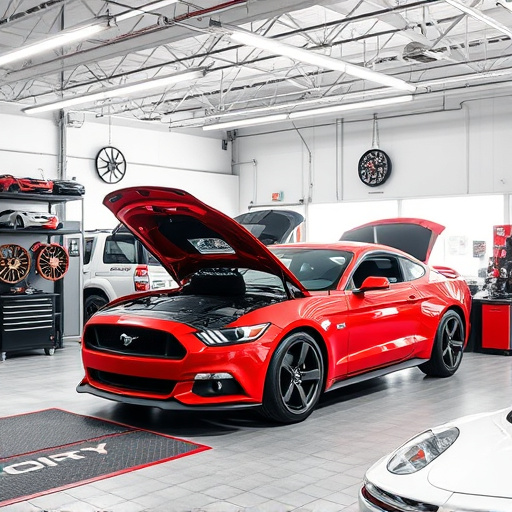
Tesla’s Safety Cell Architecture is a revolutionary design feature that sets its vehicles apart for their superior safety standards. At the heart of this system is a rigid, lightweight structure designed to absorb and distribute energy during a collision, protecting both passengers and the vehicle’s sensitive electronics. The safety cell is not just a frame; it encompasses the entire vehicle body, integrating advanced materials and engineering to maximize crashworthiness.
Understanding Tesla Safety Cell Restoration involves recognizing that it goes beyond mere replacement. It requires skilled automotive repair professionals in a specialized vehicle body shop to meticulously reassemble and reinforce this intricate architecture, ensuring every component functions seamlessly with updated safety standards. This process involves careful disassembly, inspection, and repackaging of the safety cell’s various systems, all while adhering to Tesla’s stringent quality control measures—a testament to the company’s commitment to both innovation and passenger safety in car repair shops worldwide.
Restoring Structural Integrity After Thermal Events
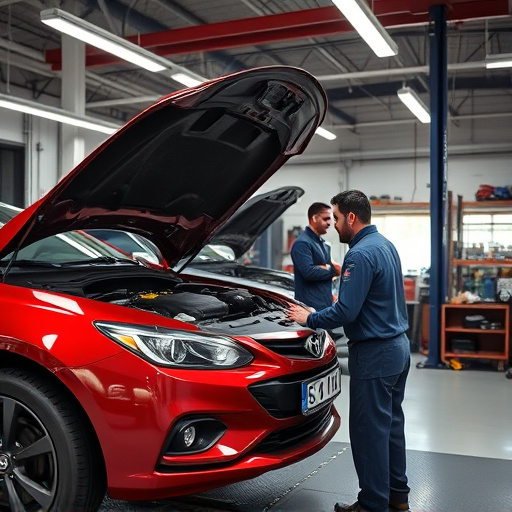
After a thermal event, such as a fire or a severe crash, restoring the structural integrity of a Tesla safety cell is paramount. The advanced materials and design of Tesla vehicles necessitate a meticulous approach to repair. Skilled technicians in an auto repair shop equipped with specialized tools and expertise are required to accurately assess and address any damage. This involves not just replacing components but also ensuring that the vehicle’s safety systems remain functional and aligned, including auto glass repair where necessary.
Restoring a Tesla safety cell to its optimal state requires a deep understanding of automotive collision repair techniques tailored for electric vehicles. Every detail matters—from the precision in aligning panels to the meticulous work involved in thermal management systems. The goal is not just to return the vehicle to its pre-incident condition but to enhance its overall safety and performance, ensuring that it meets the highest standards set by Tesla and complies with industry regulations.
Advanced Materials in Safety Cell Reinforcement
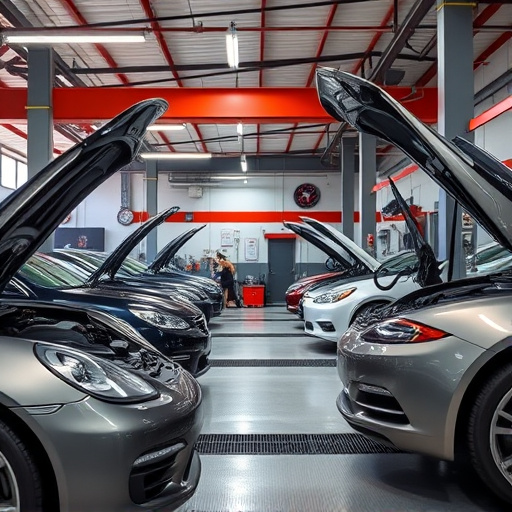
In the realm of Tesla safety cell restoration, advanced materials play a pivotal role in enhancing structural integrity post-thermal events or auto collision center incidents. These innovative materials are designed to meet the stringent safety standards set by Tesla, ensuring optimal protection for passengers. By integrating cutting-edge composites and alloys, the safety cell can withstand severe impact and deformation during hail damage repair or car dent repair processes.
The use of lightweight yet robust materials in Tesla’s safety cells contributes to improved overall vehicle performance while maintaining a high level of passenger security. These advanced compounds allow for precise restoration, ensuring that every component is restored to its original specifications after any accident involving hail damage repair or car dent repair. This meticulous approach guarantees not only the aesthetic appeal but also the structural integrity of the vehicle, providing peace of mind for Tesla owners.
Tesla’s safety cell architecture, a cornerstone of its vehicle design, requires meticulous care and understanding during restoration after thermal events. By employing advanced materials for reinforcement, we ensure structural integrity and passenger safety without compromising on the cutting-edge technology that defines Teslas. Through a comprehensive approach that includes understanding the unique architecture, implementing tailored restoration techniques, and leveraging innovative materials, Tesla safety cell restoration becomes a game-changer in vehicle safety, setting new standards for both performance and reliability.
